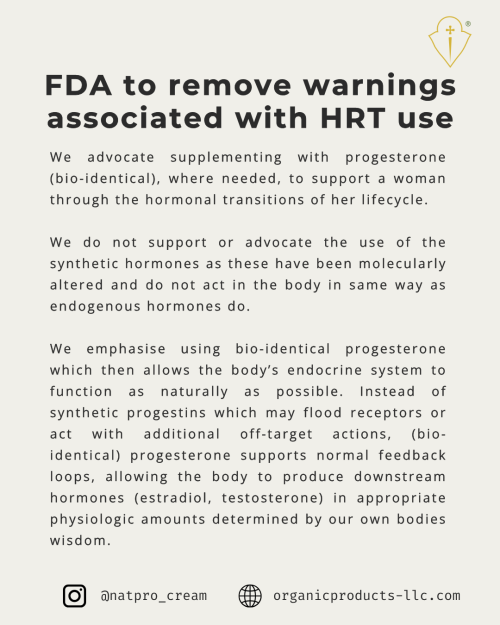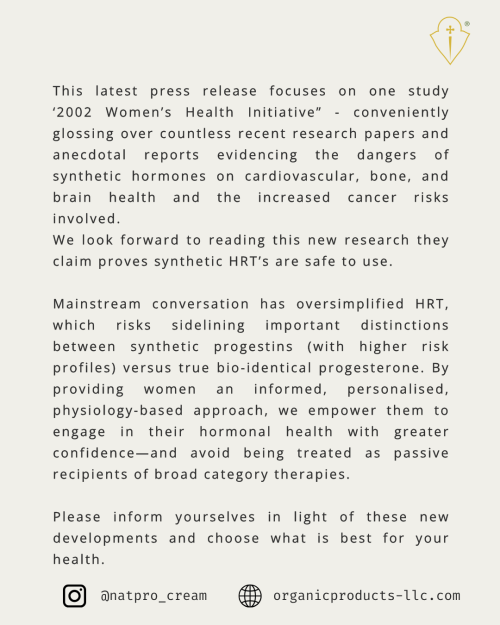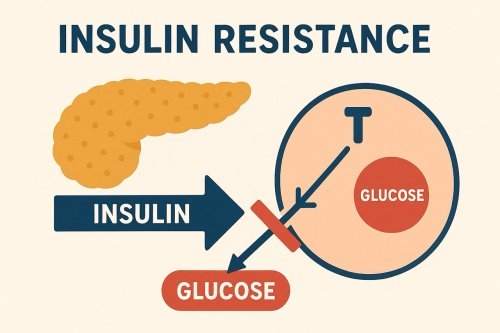Menu
Can you clear up my confusion?
by Penny
(CA)
I was told by my Dr. to buy a progesterone cream that is natural progesterone USP which has a molecular structure identical to the progesterone produced by the human body.
She said natural progesterone is produced through the fermentation (and other steps) of the Mexican Wild Yam. She said it must say progesterone USP and not just wild yam extract. Why does yours not say that and why is it derived from soya-bean? Thanks for your help.
Comments for Can you clear up my confusion?
|
||
|
||
|
||
|
||
|
||
|
||
|
||
 If you are feeling confused or overwhelmed by fertility challenges, or wondering if hormone balance might be affecting your ability to conceive you are not alone—many women and couples face uncertaint…
If you are feeling confused or overwhelmed by fertility challenges, or wondering if hormone balance might be affecting your ability to conceive you are not alone—many women and couples face uncertaint…
 _____
_____ Feeling tired, foggy, or struggling with stubborn weight gain—especially around the waist? You might be surprised to learn that these symptoms could be linked to insulin resistance, a condition that a…
Feeling tired, foggy, or struggling with stubborn weight gain—especially around the waist? You might be surprised to learn that these symptoms could be linked to insulin resistance, a condition that a…